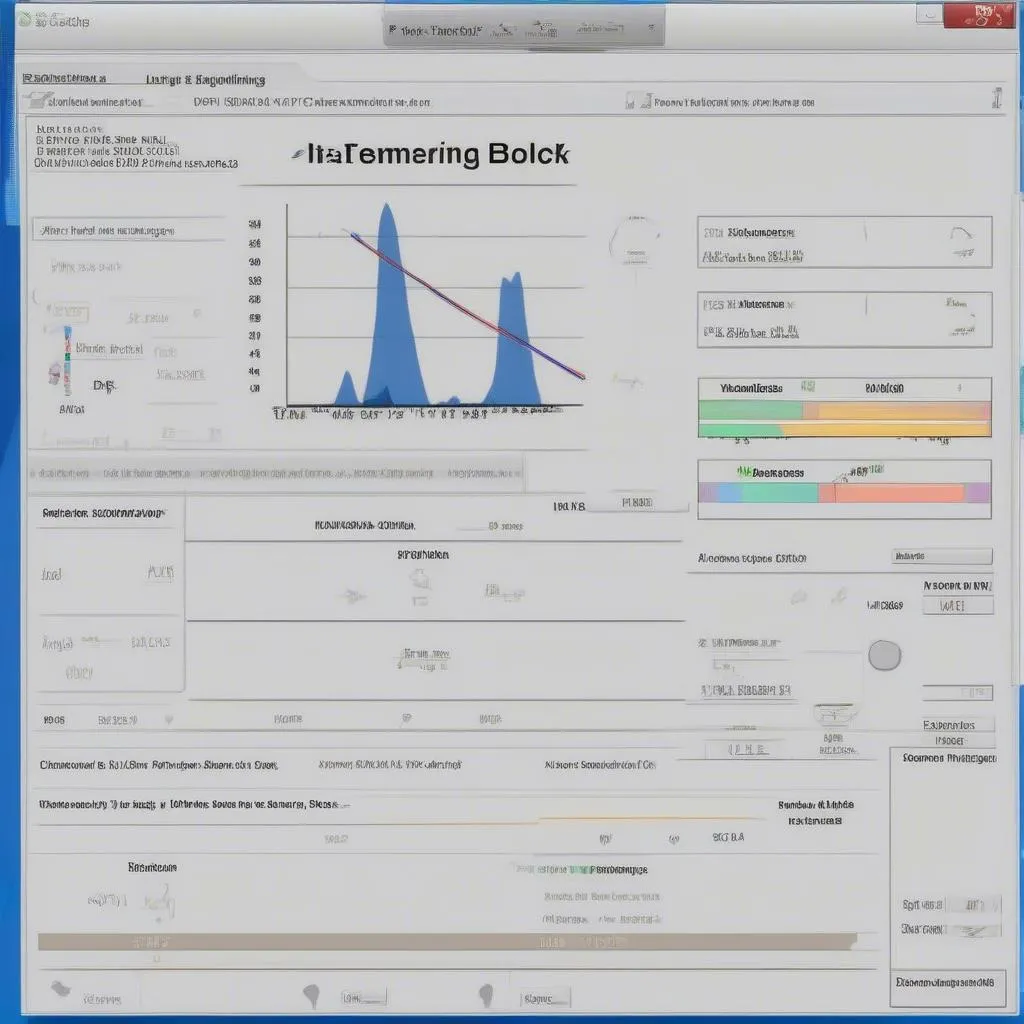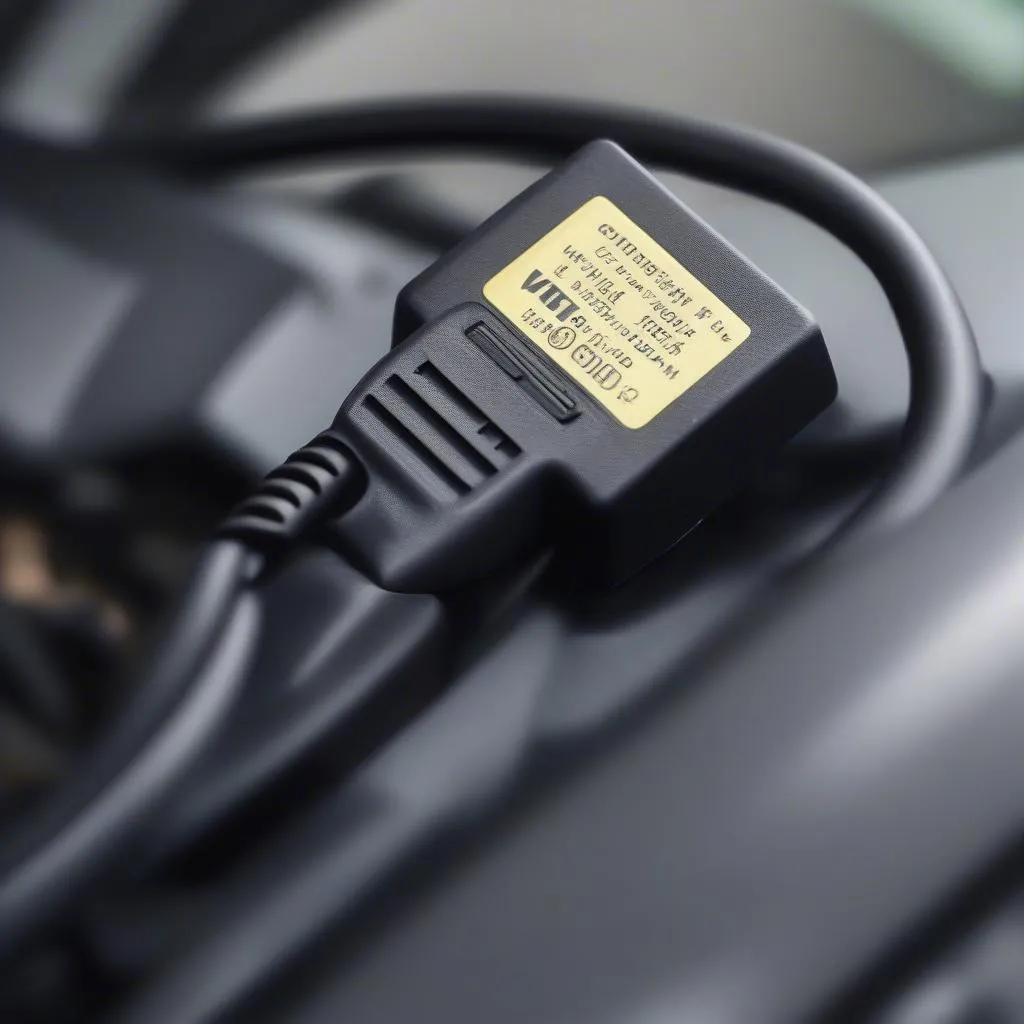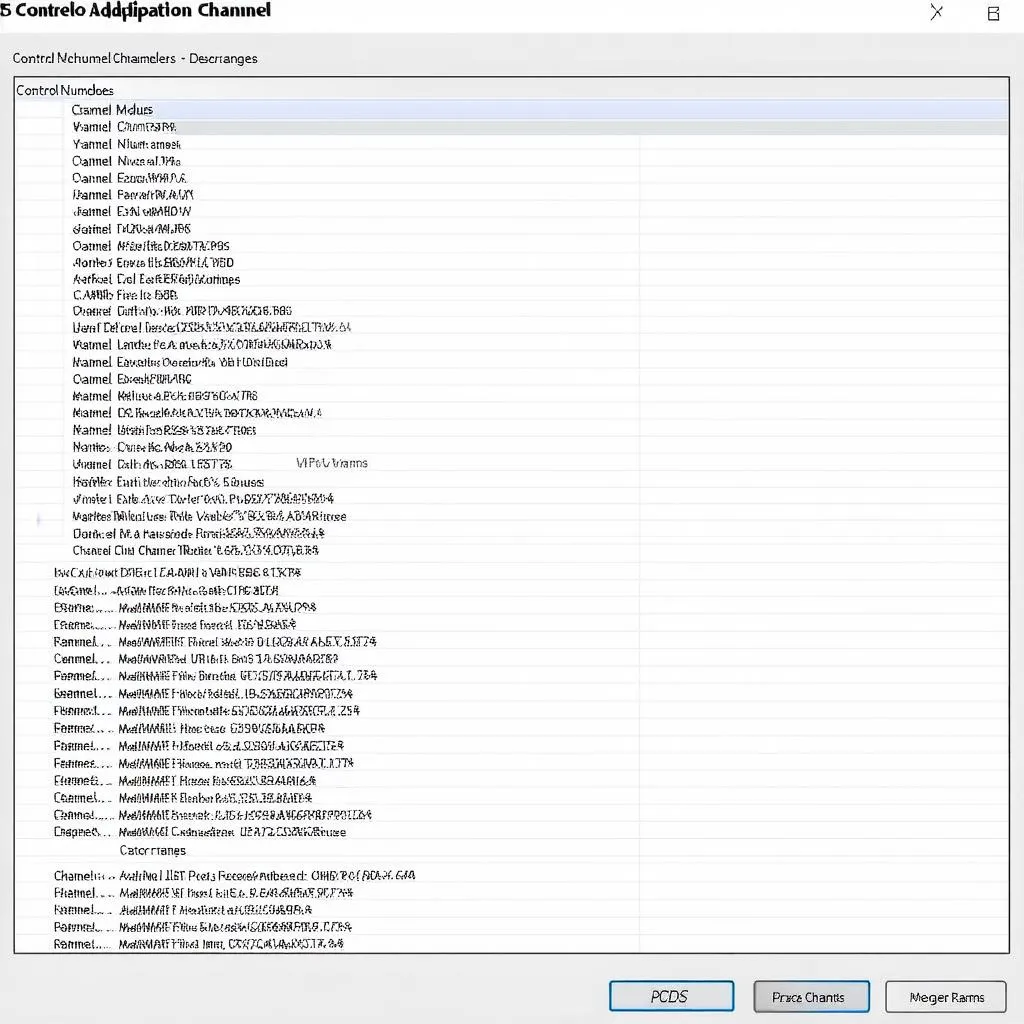Accessing Measuring Blocks in VCDS is crucial for diagnosing and troubleshooting issues in Volkswagen, Audi, Seat, and Skoda vehicles. This guide will walk you through the process, explain the importance of Measuring Blocks, and answer frequently asked questions.
Understanding VCDS and Measuring Blocks
VCDS (Vag-Com System), the go-to diagnostic software for VAG vehicles, allows you to communicate with your car’s control modules. One of its powerful features is the ability to access Measuring Blocks, which provide real-time data streams from various sensors and systems in your vehicle.
Why are Measuring Blocks Important?
Imagine your car’s engine is misfiring. Instead of relying solely on a generic fault code, Measuring Blocks allow you to dive deeper. You can monitor parameters like ignition timing, fuel pressure, and oxygen sensor readings, pinpointing the root cause of the misfire. This granular data is invaluable for accurate diagnosis and effective repairs.
 VCDS Measuring Blocks
VCDS Measuring Blocks
Steps to Access Measuring Blocks in VCDS
- Connect: Connect your VCDS interface to your vehicle’s OBD-II port and your computer.
- Launch VCDS: Turn on the ignition (engine off) and launch the VCDS software.
- Select Control Module: Choose the relevant control module for the system you want to diagnose (e.g., Engine, ABS, Airbag).
- Go to Measuring Blocks: Click on “Measuring Blocks – 08.”
- Enter Block Number: In the “Group” field, enter the specific Measuring Block number you need. You can find these numbers in factory repair manuals or online resources.
- View Data: The data corresponding to the entered Block will be displayed. You can monitor multiple blocks simultaneously by adding more groups.
 OBD2 Port Connection
OBD2 Port Connection

